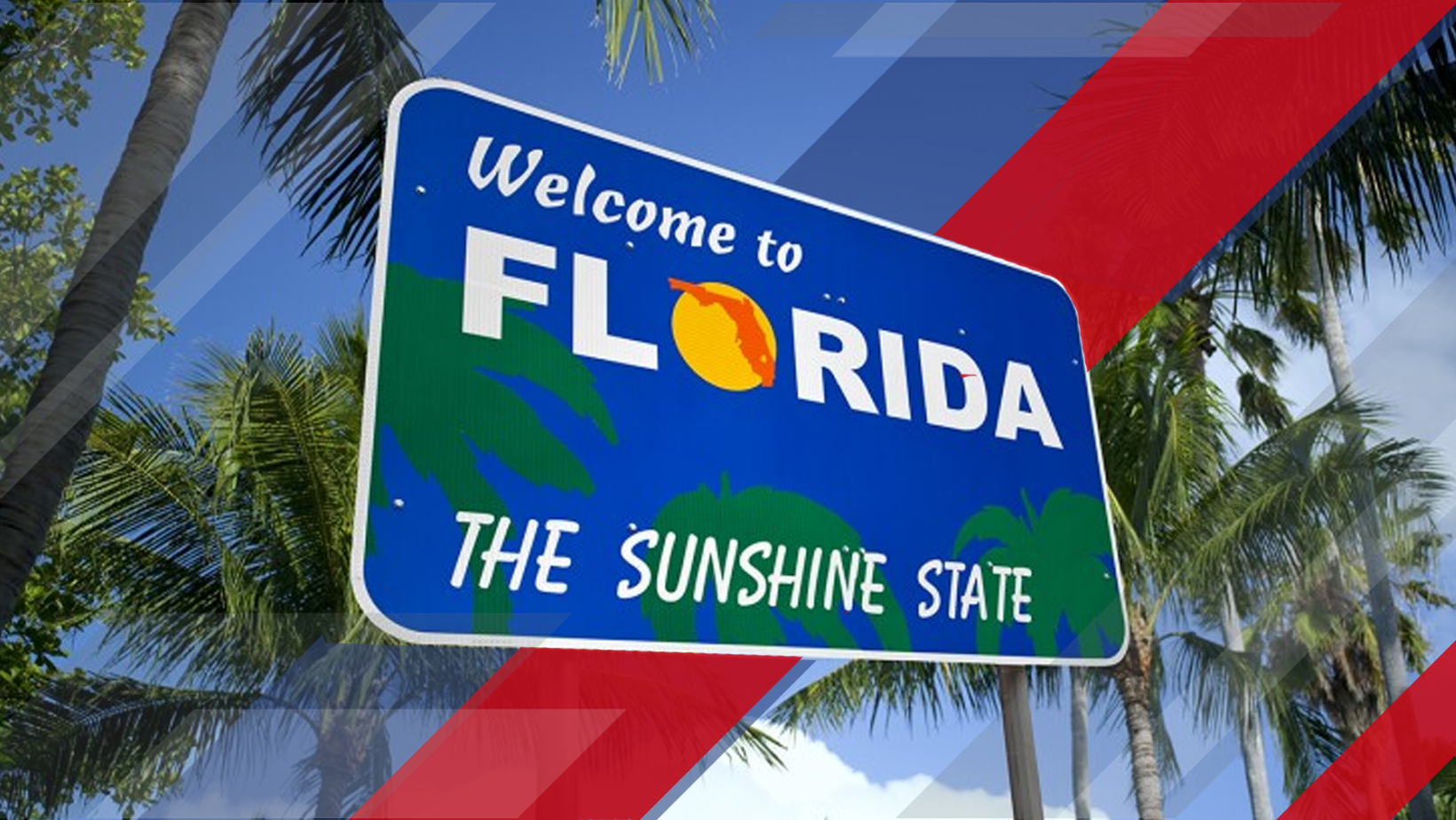Florida Insurance Market Stabilizes with Private Sector Growth and Rate Improvements
Florida’s Insurance Market Finds Its Footing in a Post-Storm Landscape
Florida’s insurance market is emerging from the most recent hurricane season with a steadier footing and a renewed sense of direction. For an industry long marked by volatility, litigation strains, and the outsized presence of a state-run insurer, the current shift toward a more balanced private market feels both notable and encouraging.
A Market Moving Back to Center
One of the most striking developments is the dramatic reduction in Citizens Property Insurance Corporation’s policy count. Once burdened with nearly 2.1 million policies, Citizens now sits at roughly 516,000, with projections hinting at a drop to about 300,000 by year-end. Private carriers have confidently stepped in to absorb the shift, signaling a return to a healthier market structure where private capacity leads.
“This is a milestone that shows our market is stabilizing and ready for long-term private sector participation.”
Florida Office of Insurance Regulation
With insurers like State Farm now holding more policies in Florida than Citizens, the trend suggests a climate of improved confidence. Regulatory reforms have eased long-standing litigation burdens, and although legal actions remain higher than in most states, claims are no longer overwhelming carriers at historic levels.
Litigation Eases While Values Rise
The state’s reforms have produced about a 30 percent reduction in litigation. Though Florida still logs more lawsuits than many states, the decline has allowed carriers to recalibrate reserves, reprice appropriately, and return to profitability. At the same time, rising insured values driven by inflation and costlier repairs have expanded premium bases and drawn renewed interest from insurers who had previously scaled back.
These factors together are helping private carriers regain momentum, and early profitability indicators have reinforced the sense that Florida’s property market is on the rebound.
Rates Begin to Cool
For the first time in years, average property rate increases have slowed to a near-flat 0.8 percent, the lowest annual change in the country. More importantly, mitigation efforts are gaining traction as both a consumer benefit and a statewide resilience strategy.
What’s Driving Premium Relief
-
Investment in home hardening initiatives
-
Shifts in the reinsurance market
-
Reduced litigation frequency
-
Increased insurer participation
Policyholders who pursue mitigation steps, such as shutter upgrades or roof reinforcements, can not only reduce their own premiums but also strengthen the overall risk pool. This alignment of consumer incentives with market stability represents the kind of structural improvement regulators have been aiming for.
“Encouraging mitigation is one of the most effective ways to reduce loss severity and create a sustainable market.”
Florida Property Insurance Regulator
Momentum in the Auto Segment
Florida’s auto insurance environment is also showing signs of revitalization. In the Personal Path Advantage segment alone, 40 insurers have filed 69 rate decreases for 2025. These reductions range from small adjustments to substantial cuts and many have already gained approval.
The trend is shaping a more competitive auto market, with carriers responding to improved loss performance and a more predictable claims environment.
A Model for High-Risk Markets?
Florida’s ongoing recalibration reveals how regulation, private-sector engagement, and consumer-level mitigation can collectively strengthen stability in a high-risk insurance environment. The blend of reduced rate pressure, increased carrier appetite, and more balanced litigation dynamics paints a picture of a market not just recovering, but evolving.
For insurers operating in or watching Florida, the state’s trajectory may hint at a repeatable model. As risk climates intensify across the country, the lessons emerging from Florida could help shape strategies for resilience, profitability, and consumer protection in other challenging regions.


